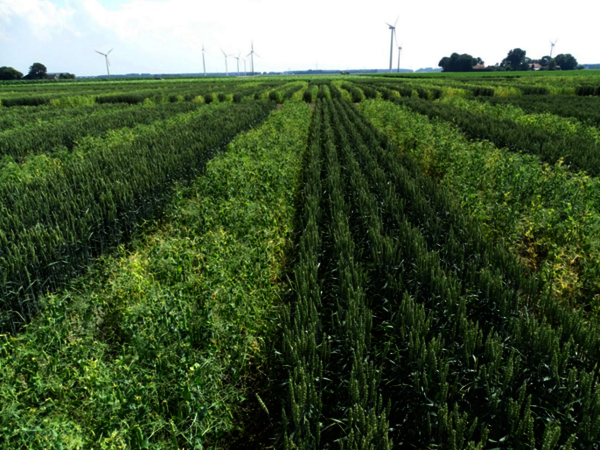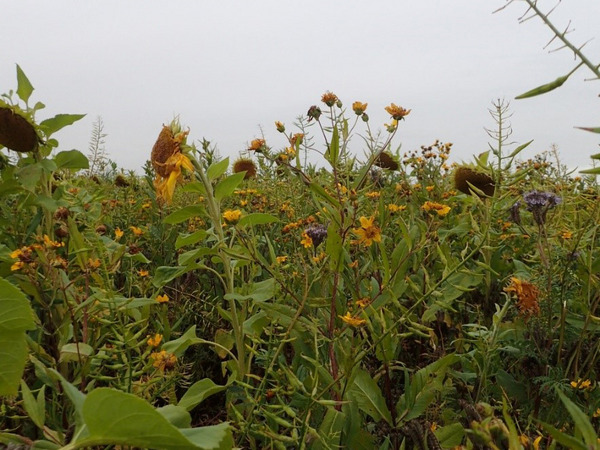In order to realise the full potential of crop diversification through rotation, intercropping and multiple cropping, promoted by actors and value-chains towards sustainability, DiverIMPACTS works with, and supports, 25 innovation groups in their dynamic processes. These innovation groups, called case studies, include a wide range of actors such as farmers, advisors, processors and scientists.
The 25 case studies were selected in order to cover a wide range of cropping system diversification strategies, but also (1) of soil, climate, political and administrative conditions across Europe and (2) of organisational structures along the value-chain. Based on their characteristics and, more specifically, on the cropping diversification strategy they mobilise, these case studies were grouped in five main clusters. This clustering supports the emergence of a community of practices for mutual cross-fertilising and sharing of innovations. With the support of the different DiverIMPACTS work packages, innovative strategies will be developed in order to overcome identified barriers and lock-ins at the farm and territorial level.
This interaction and cooperation between case studies and research work packages is supported by a co-innovation process, based on concepts and tools shared during a series of workshops.
Description of clusters
The first cluster (“Service crops”) includes five case studies, which focus mainly on multiple cropping diversification strategies, focusing on fodder crops, cover crops or short term leys, and/or on strategies to break up maize monoculture in order to preserve soil and water resources.
The second cluster (“Crop diversification under adverse conditions”) mobilizes case studies in a dry and more continental climate, and it aims to increase the share of either grain or fodder legumes in the rotation. Diversification strategies include, for instance,
- intercropping to limit weed development in oilseed rape crops,
- multiple cropping, or
- the inclusion of new cash crops, such as soybean, in the rotation.
The third cluster (“Crop diversification in systems from Western Europe”) focuses on increasing cash crops in the rotation, while mobilizing cover crops and increasing soil fertility. Cash crop diversification implies the co-development of adapted up- and downstream innovations in the value-chain. Innovations are supported by DiverIMPACTS.
Intercropping diversification strategies, mainly with mixed cereals and pulses, are the focus of the fourth case study cluster (“diversification through intercropping, with a special focus on grain legumes”). Intercropping stimulates innovation by (1) developing adapted cropping practices and machinery, which aim to support the efficient growth of different species in the field and (2) developing downstream innovations to add value to harvested products.
The fifth and last cluster (“diversification of vegetable cropping systems”) investigates different diversification strategies developed in the context of vegetable production, either in the field or under protected conditions, from Northern to Southern Europe.




 tap and then scroll down to the Add to Home Screen command.
tap and then scroll down to the Add to Home Screen command.